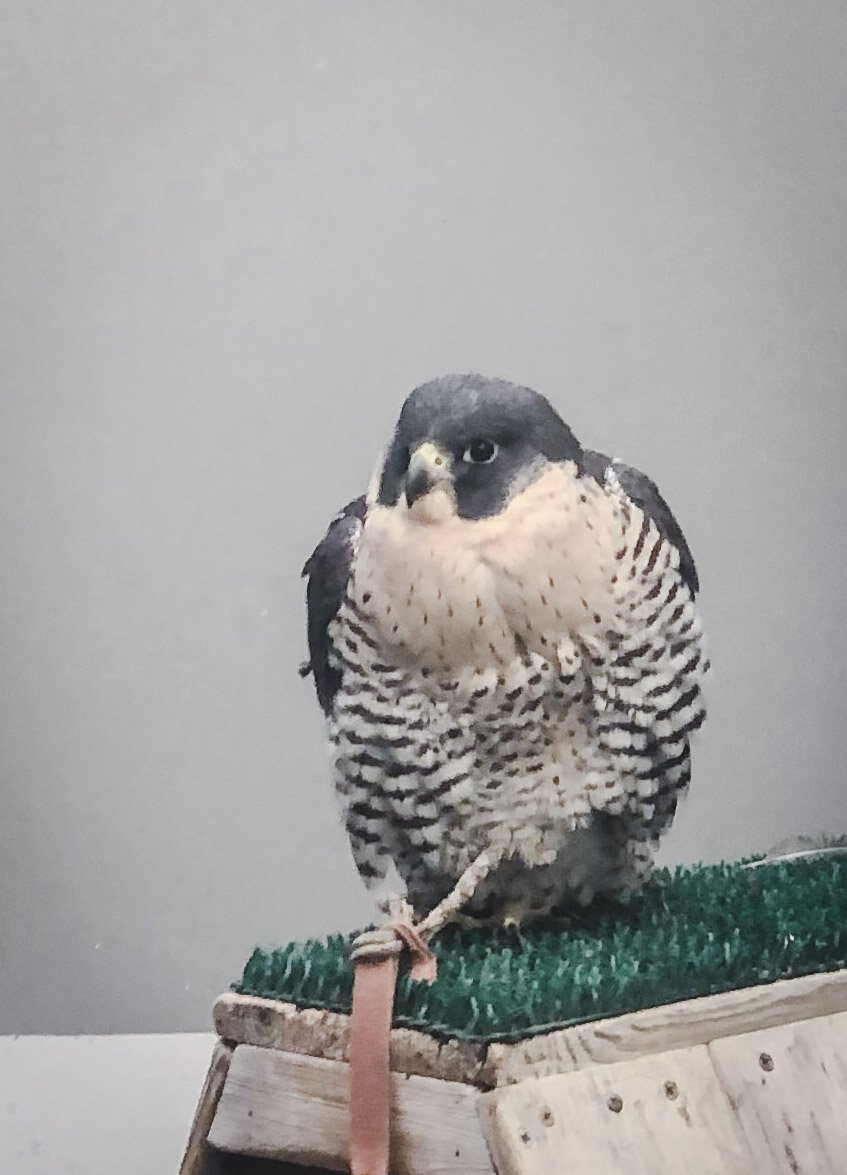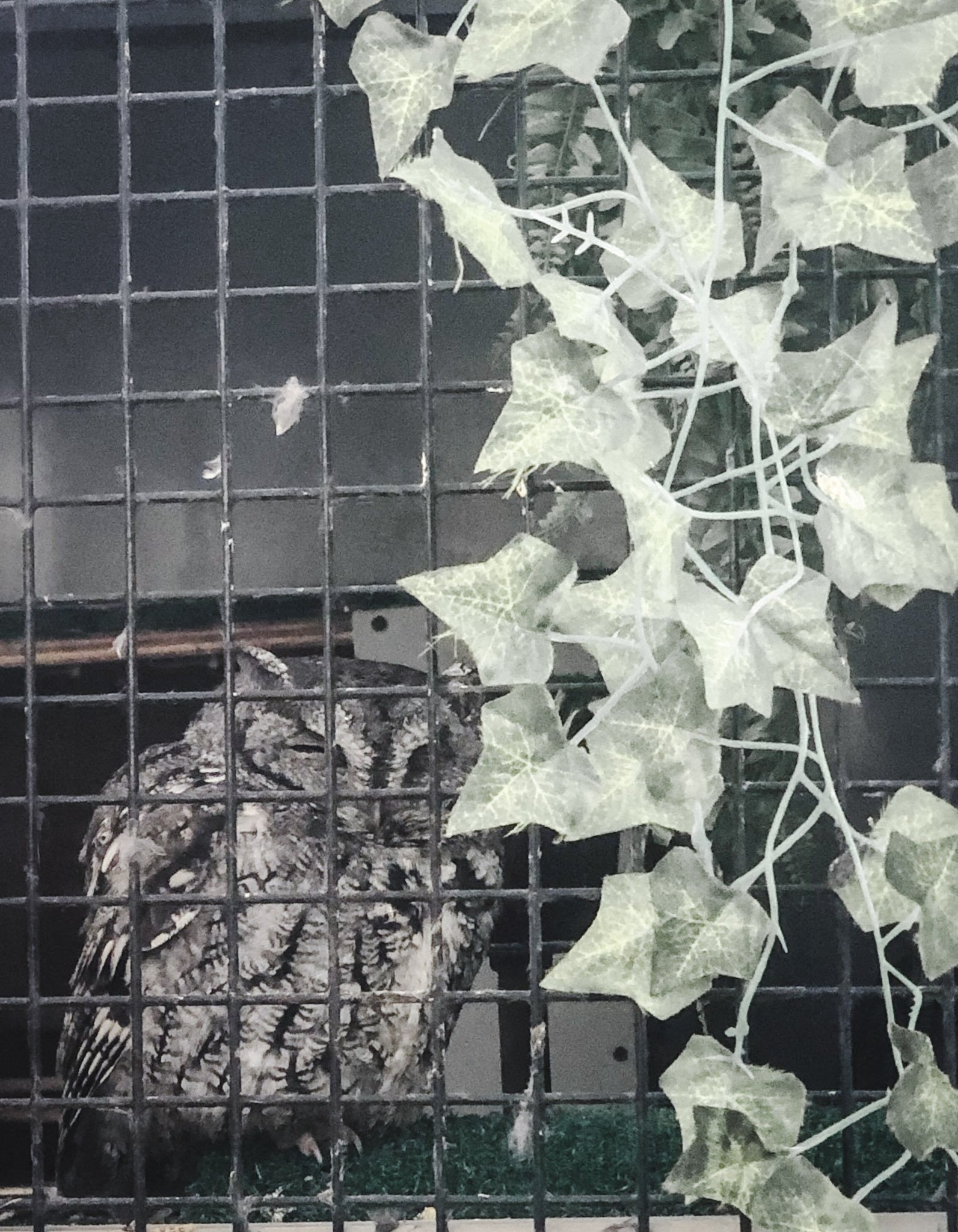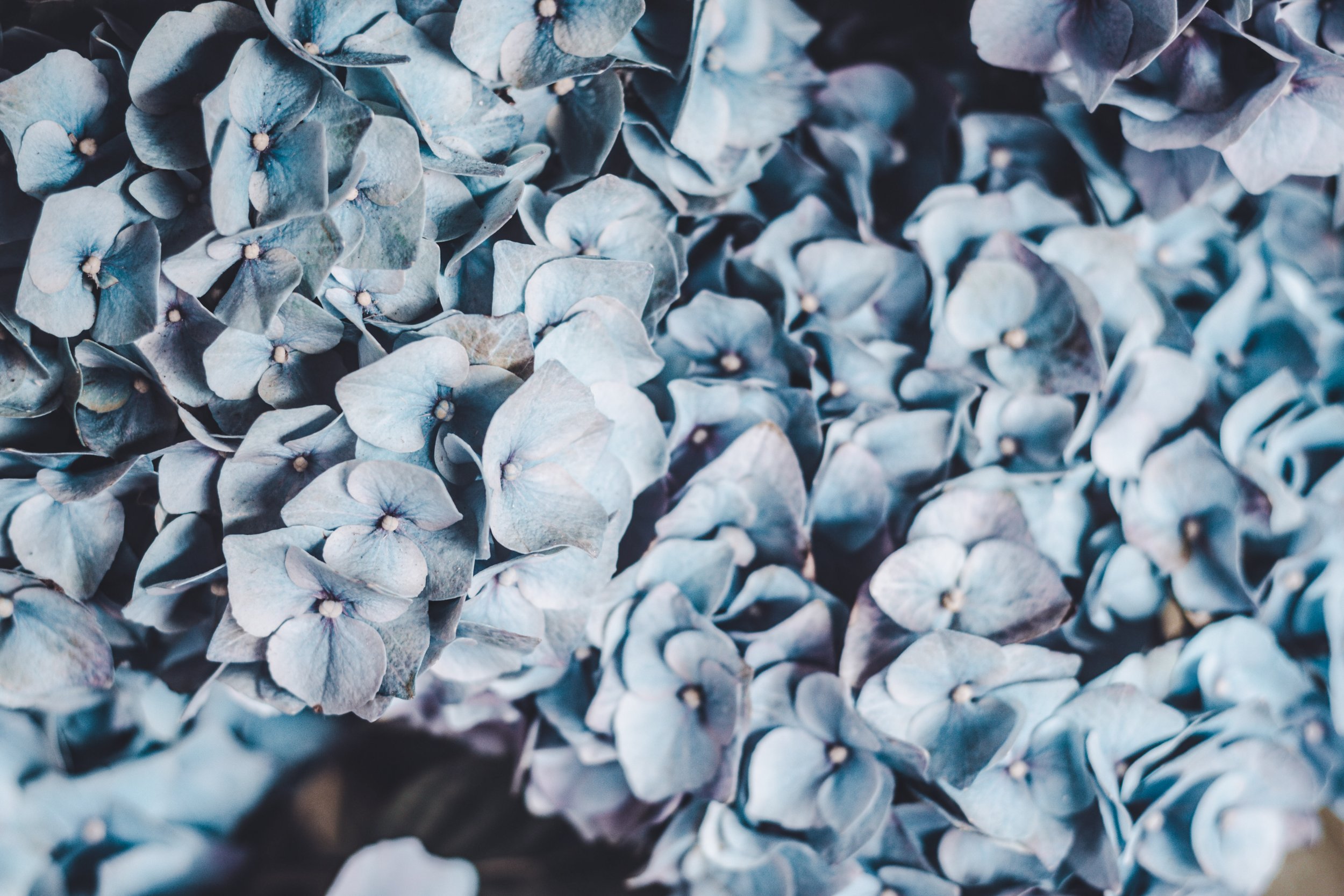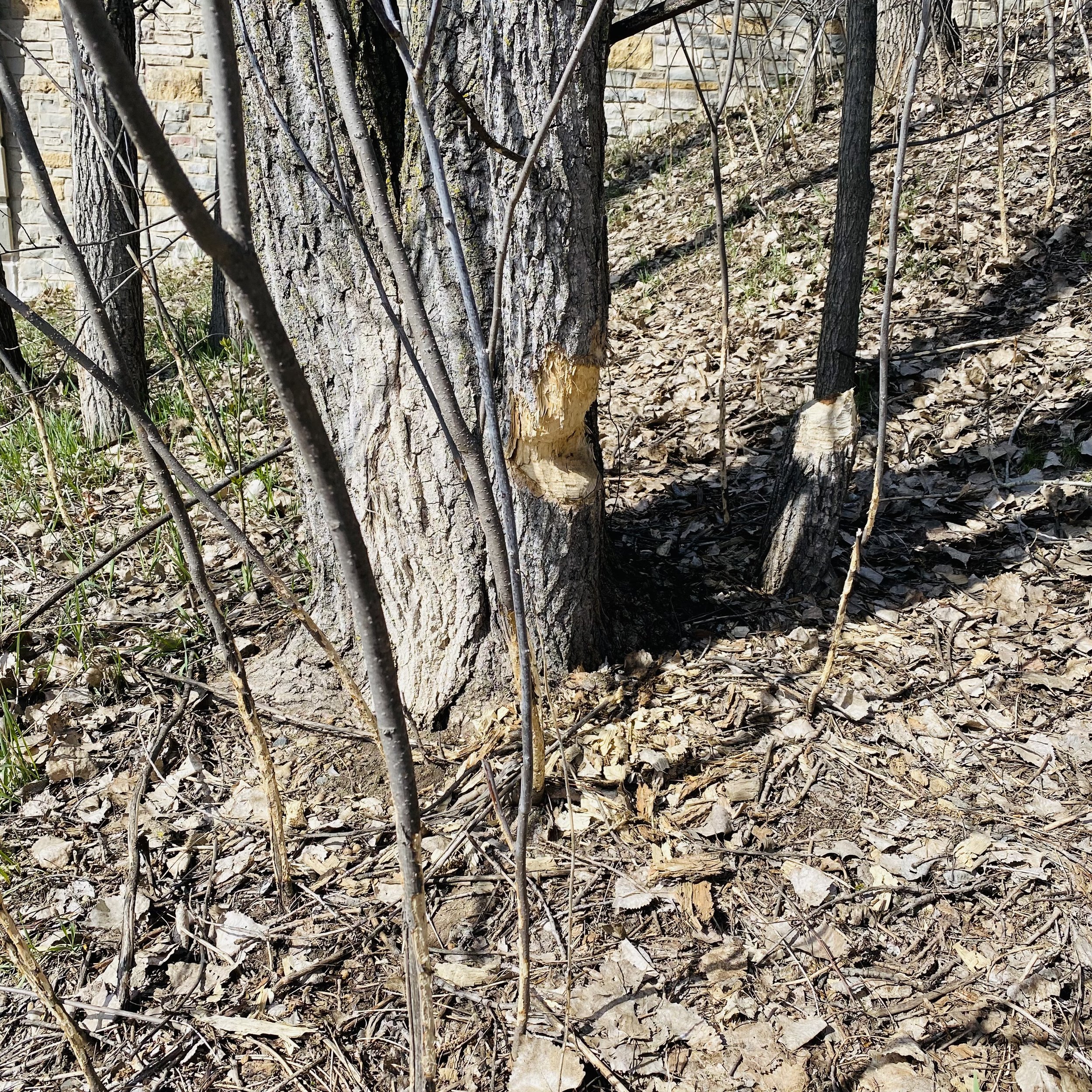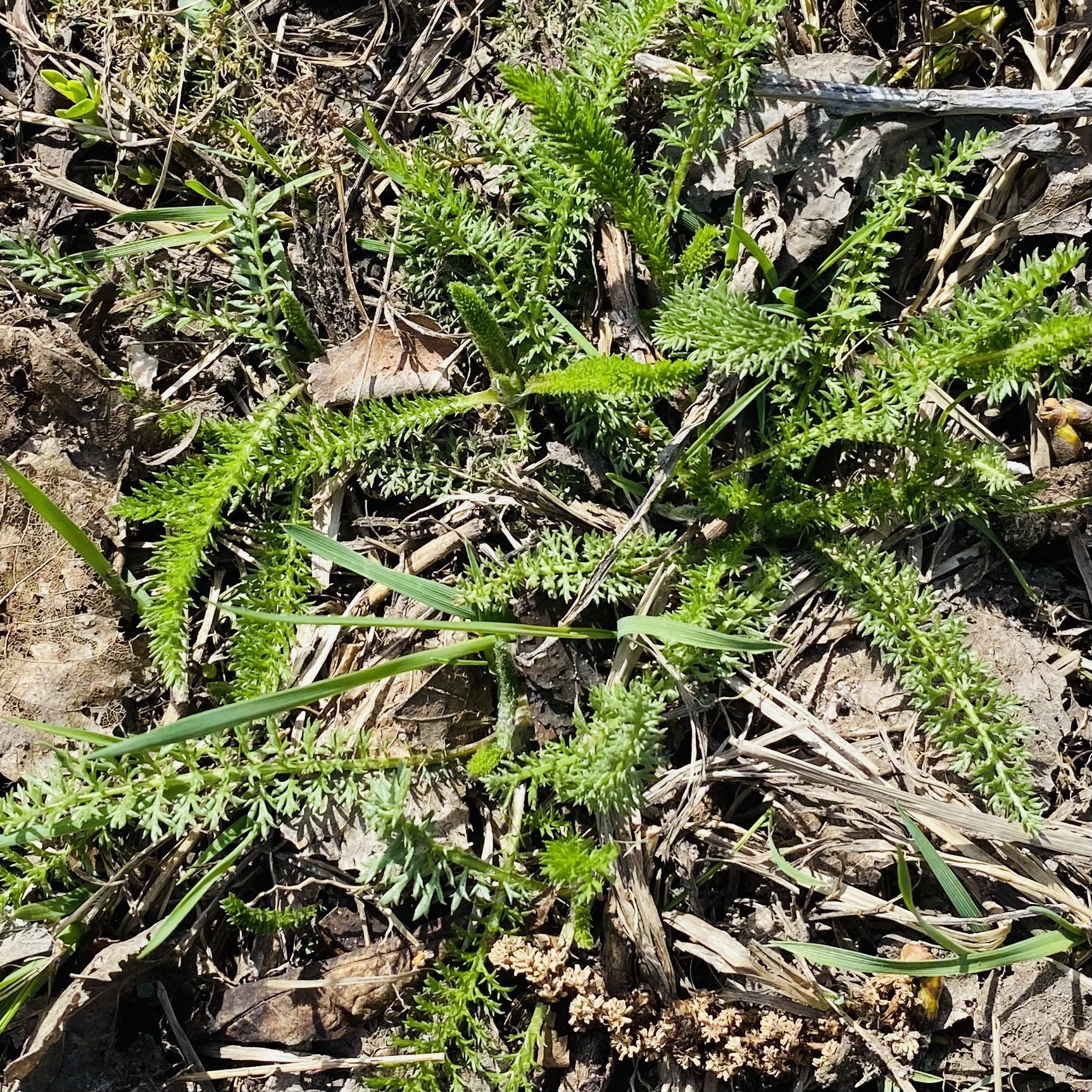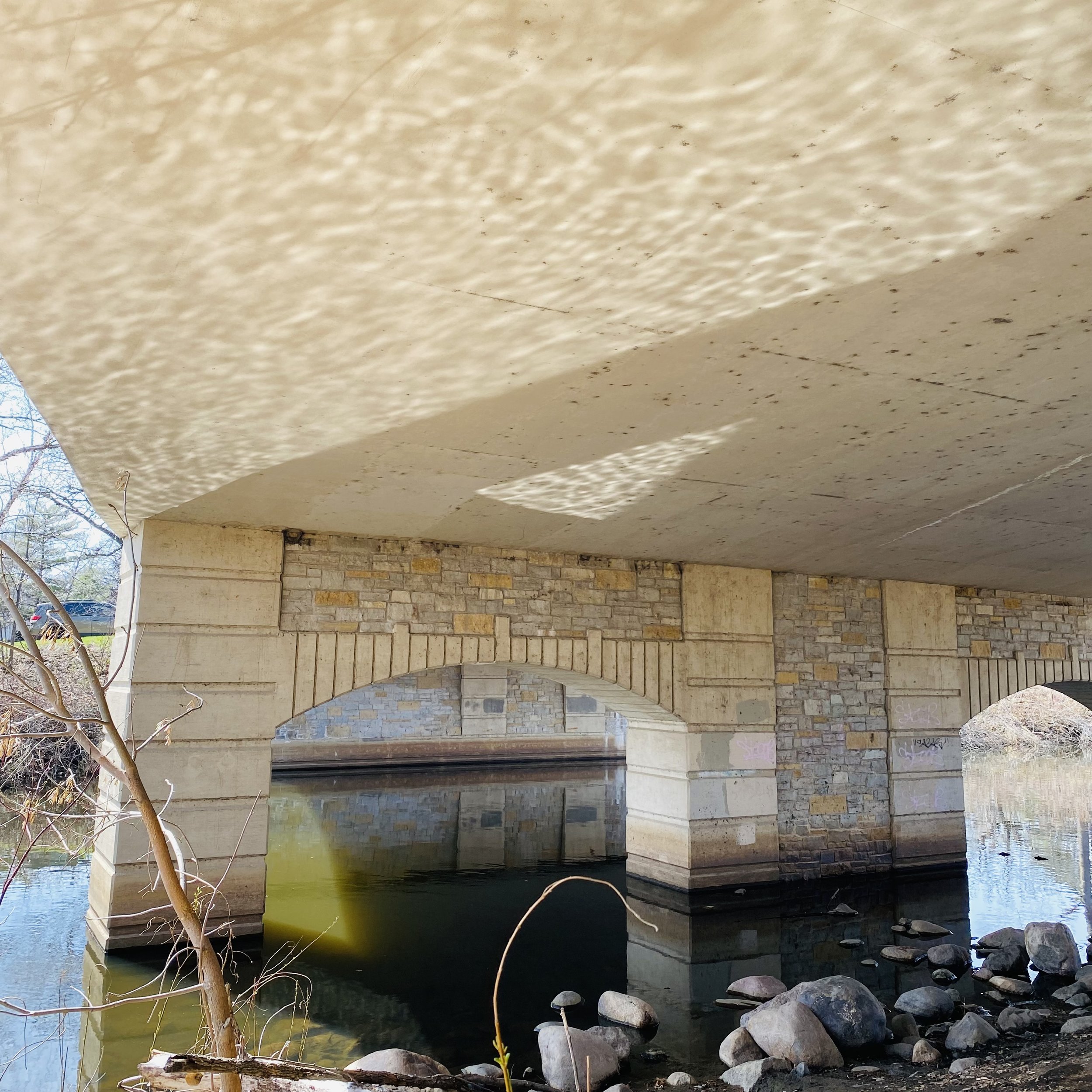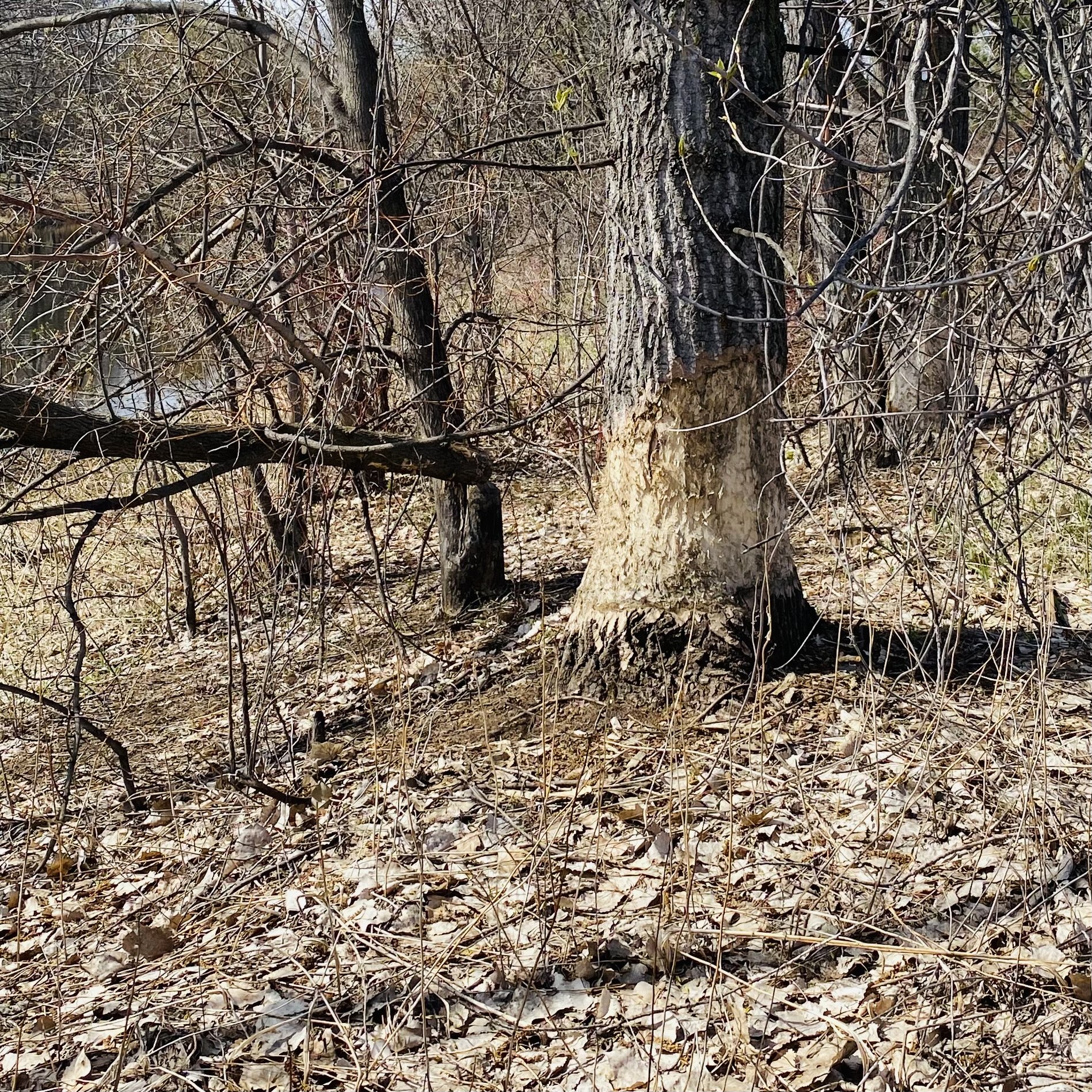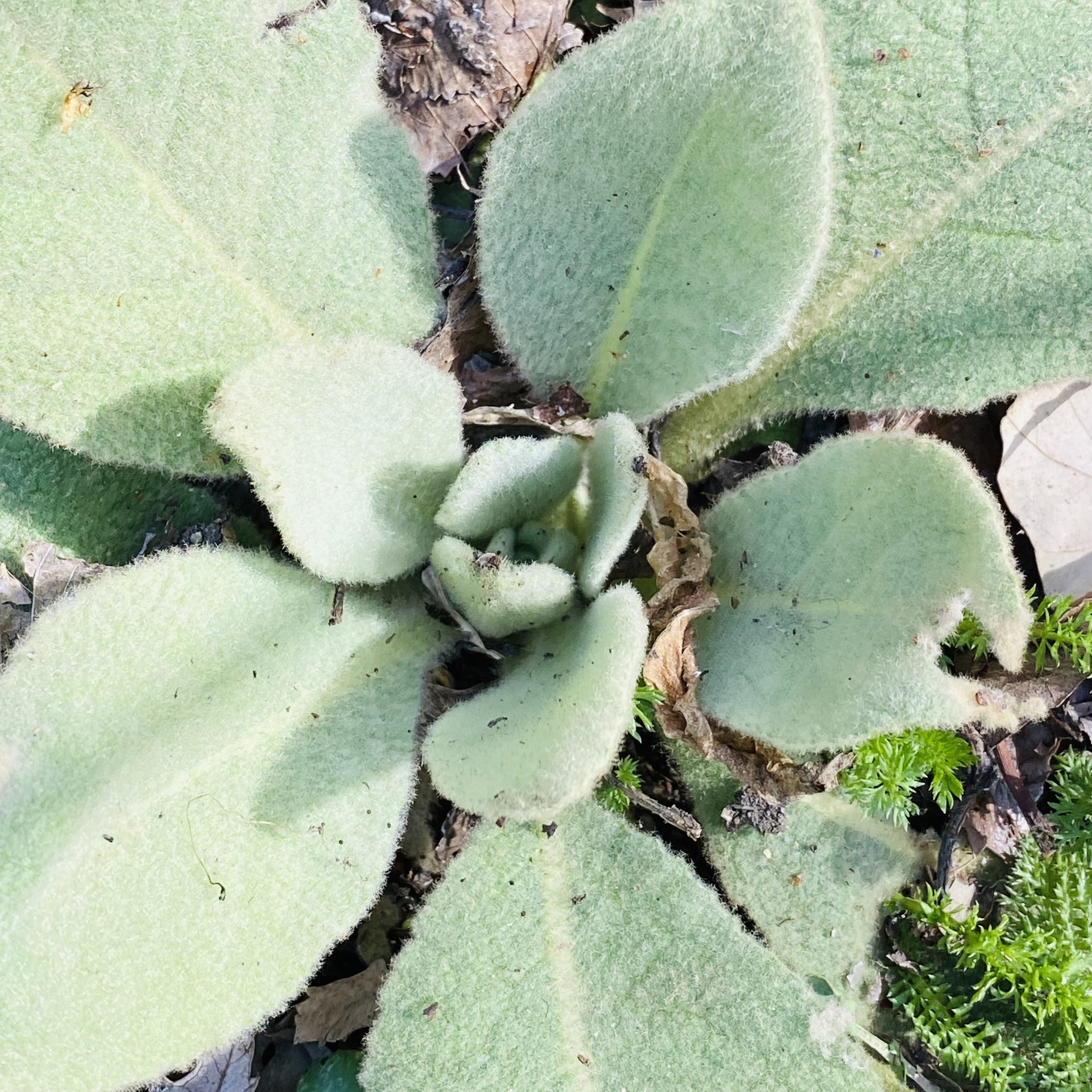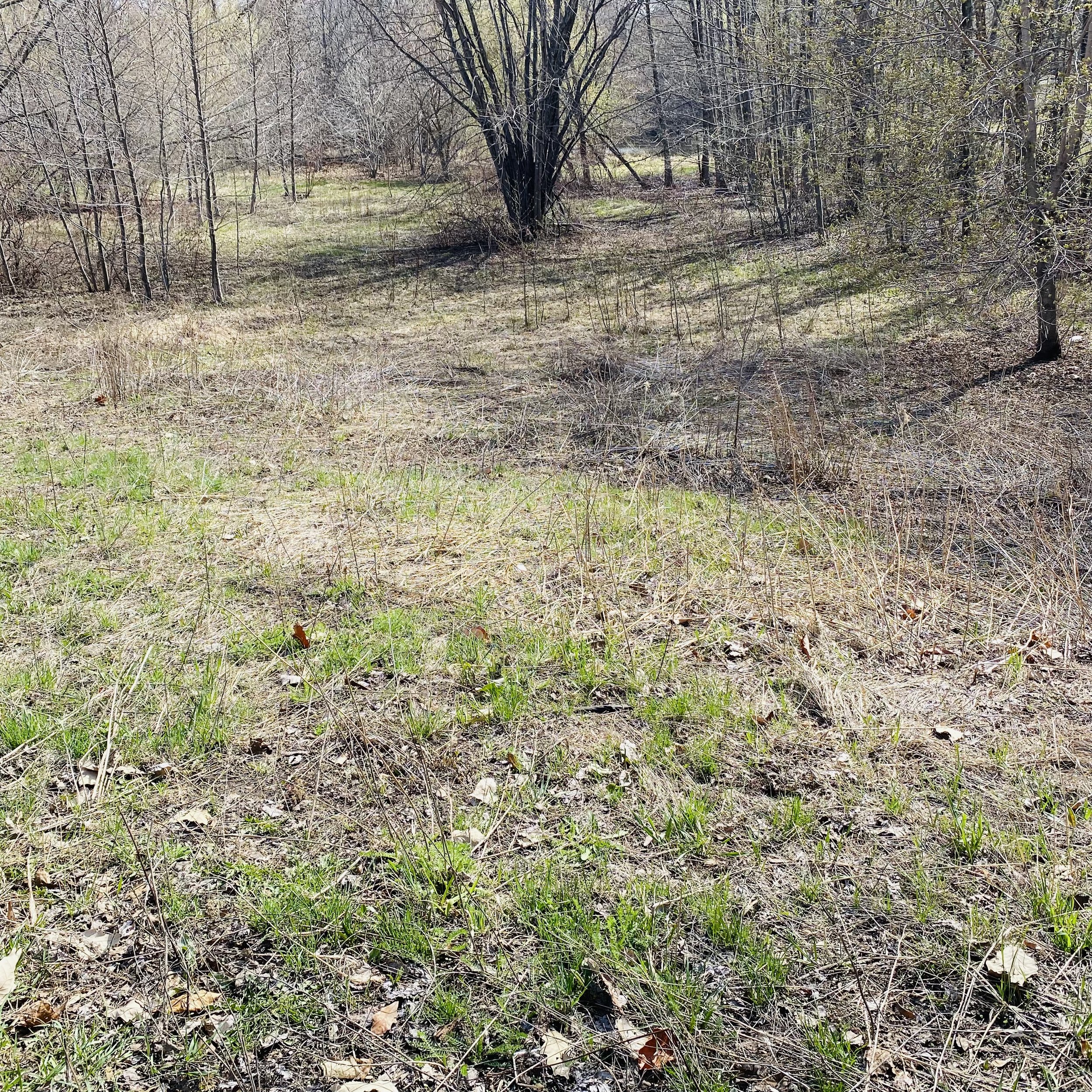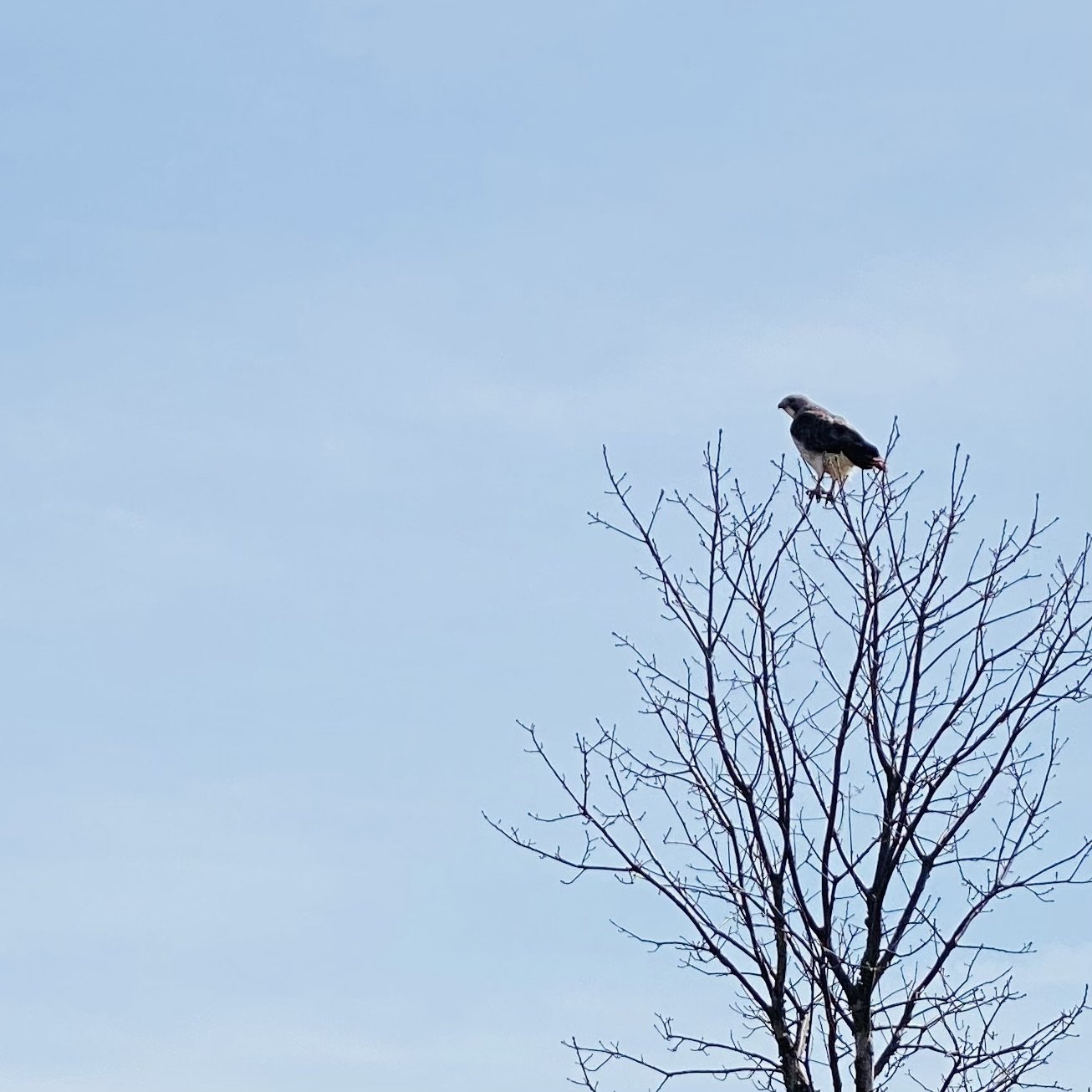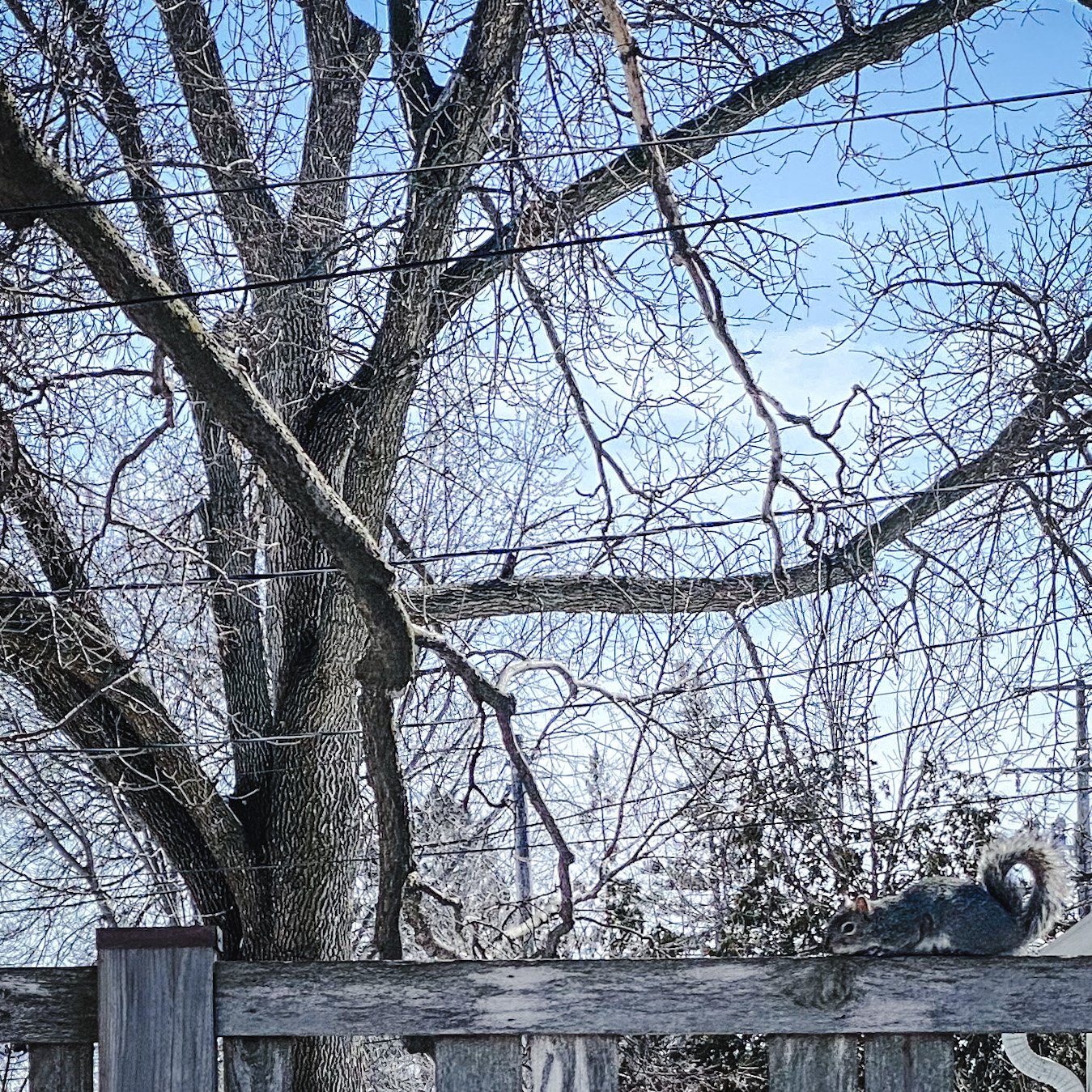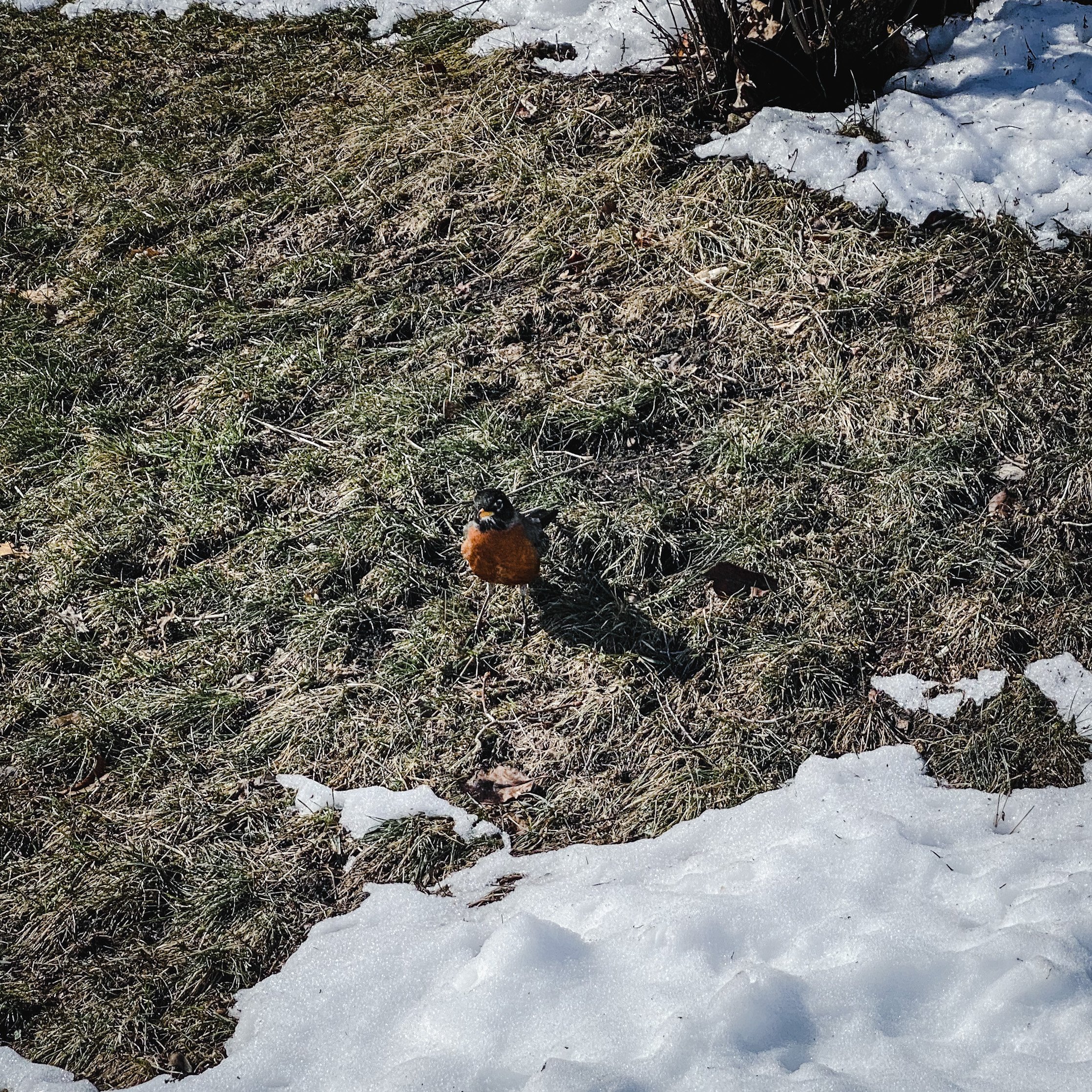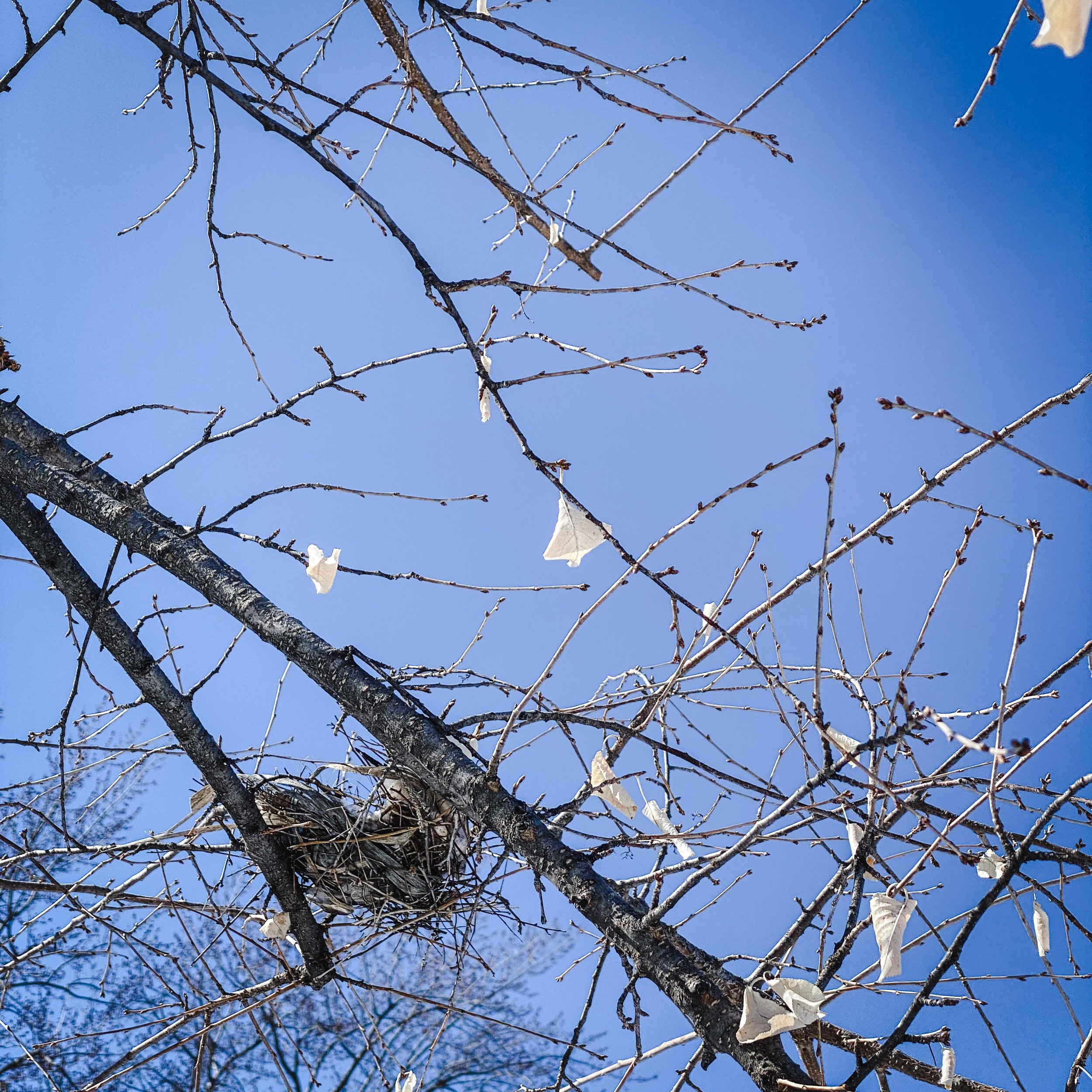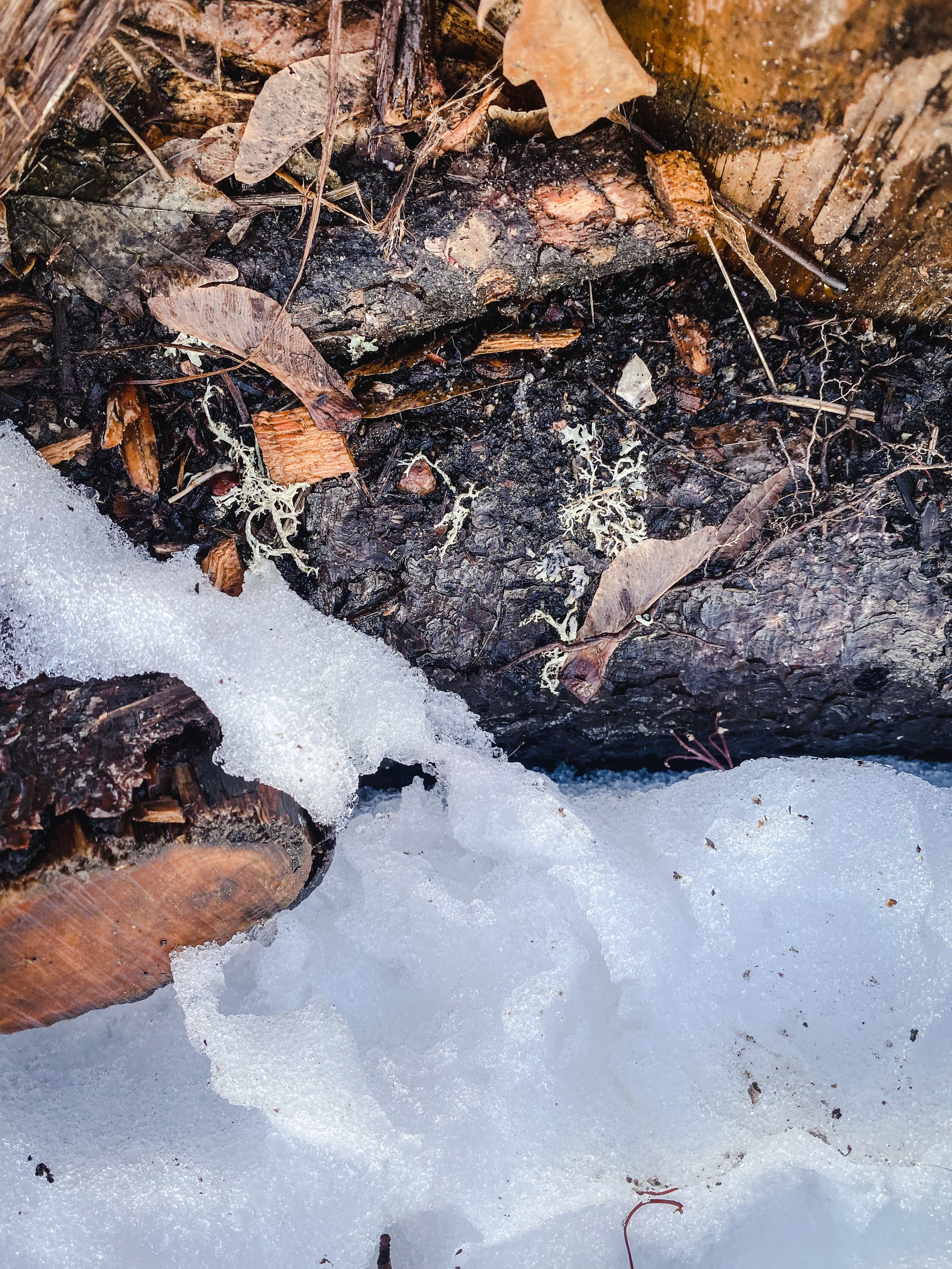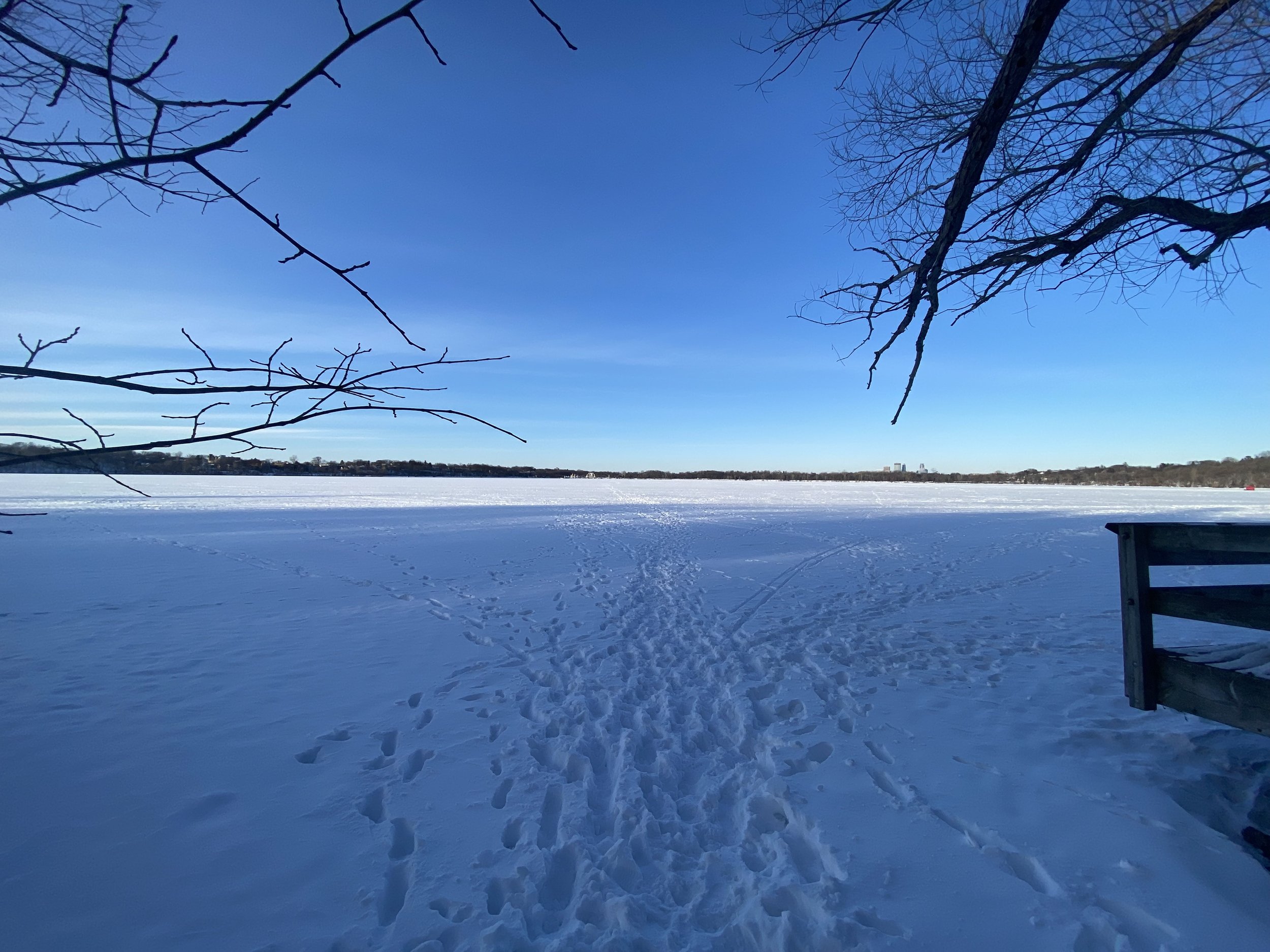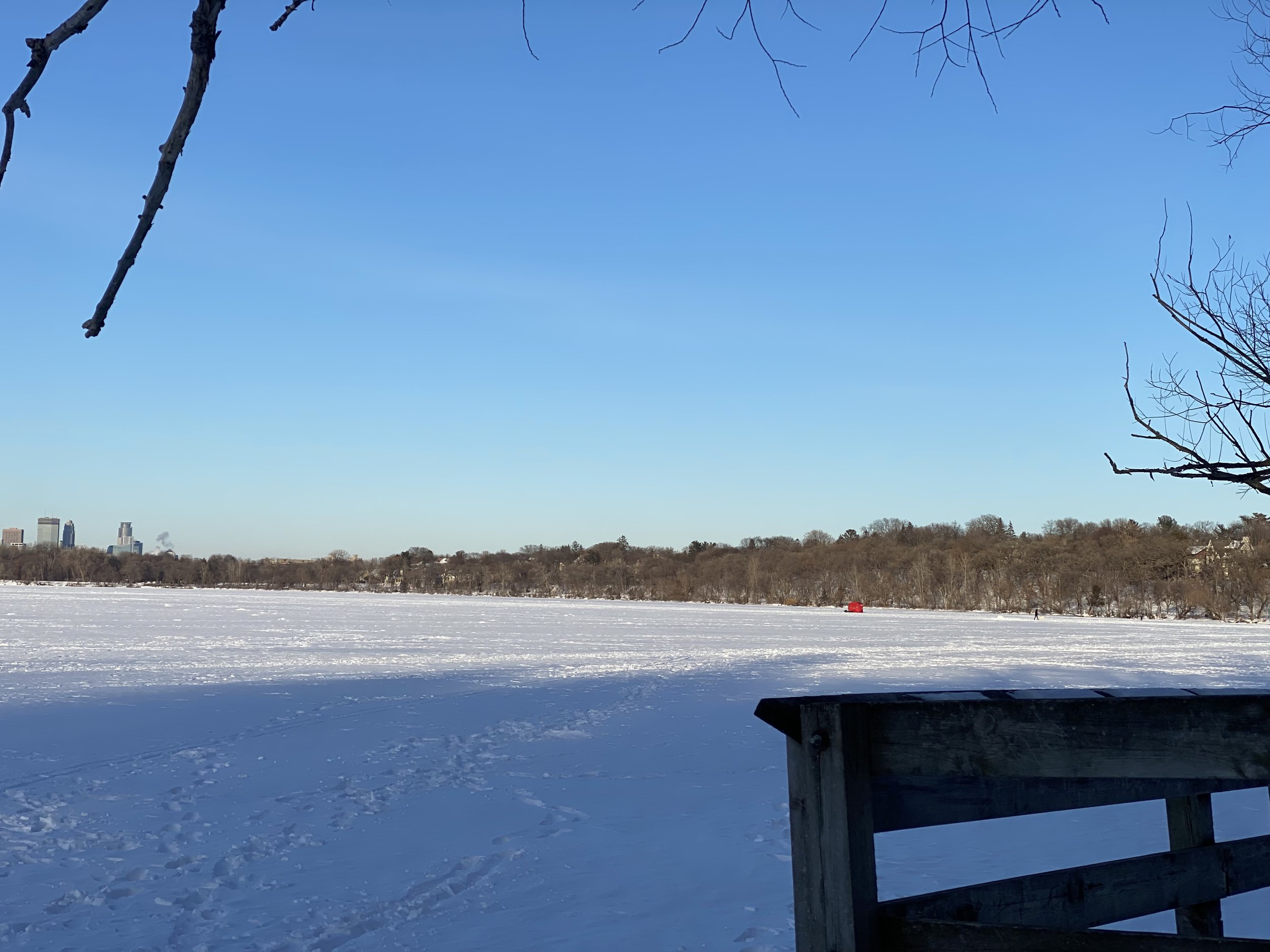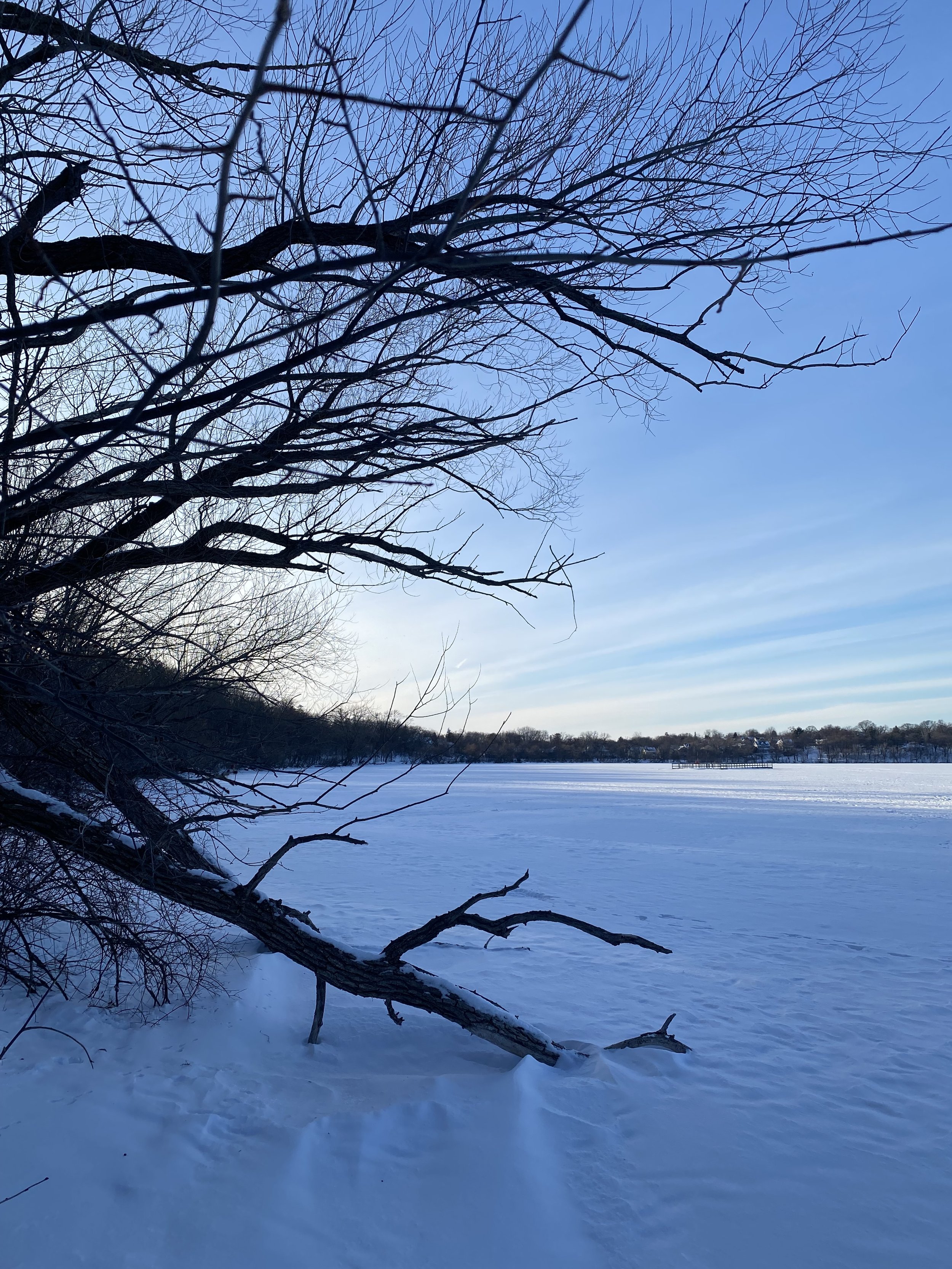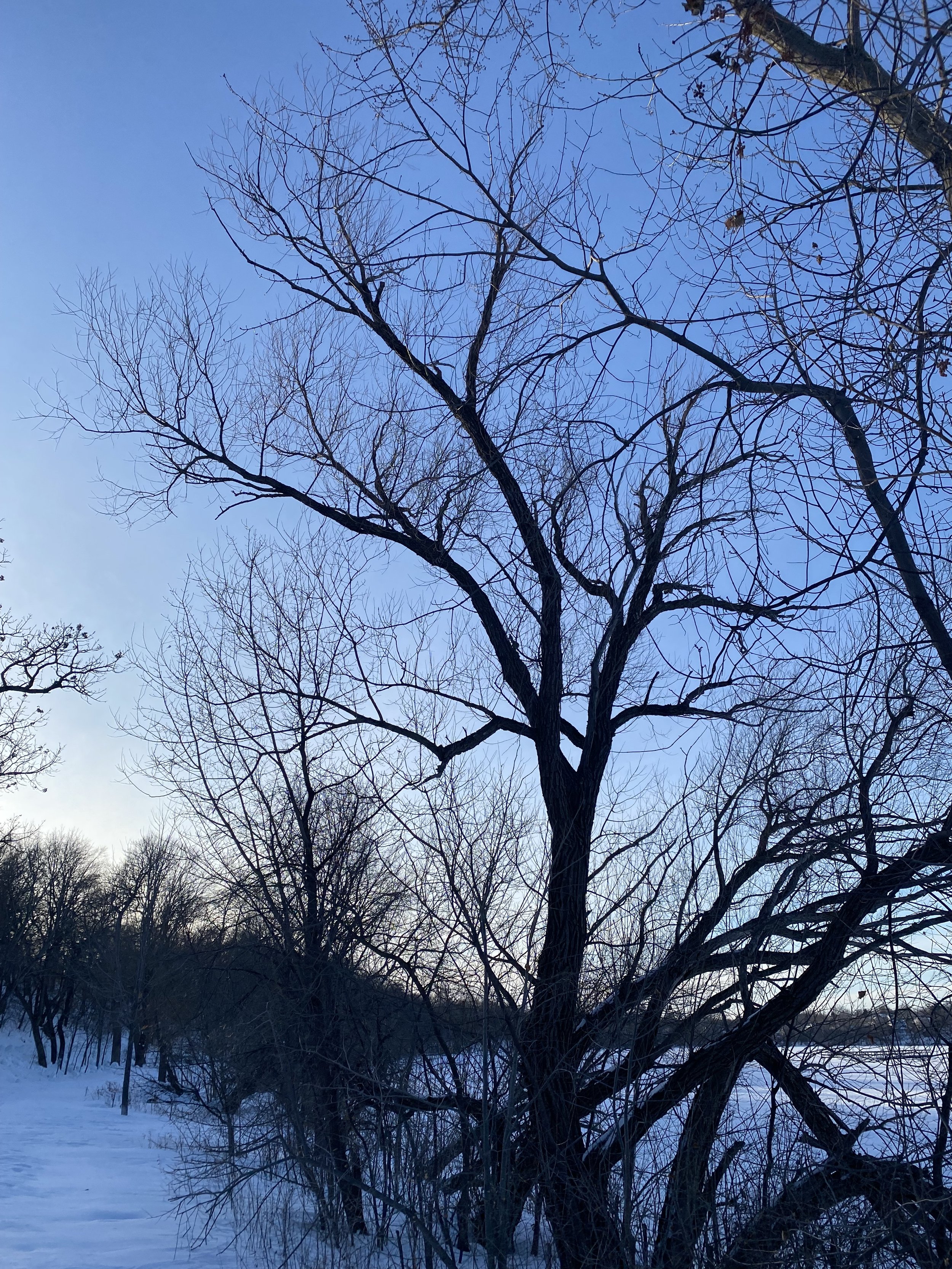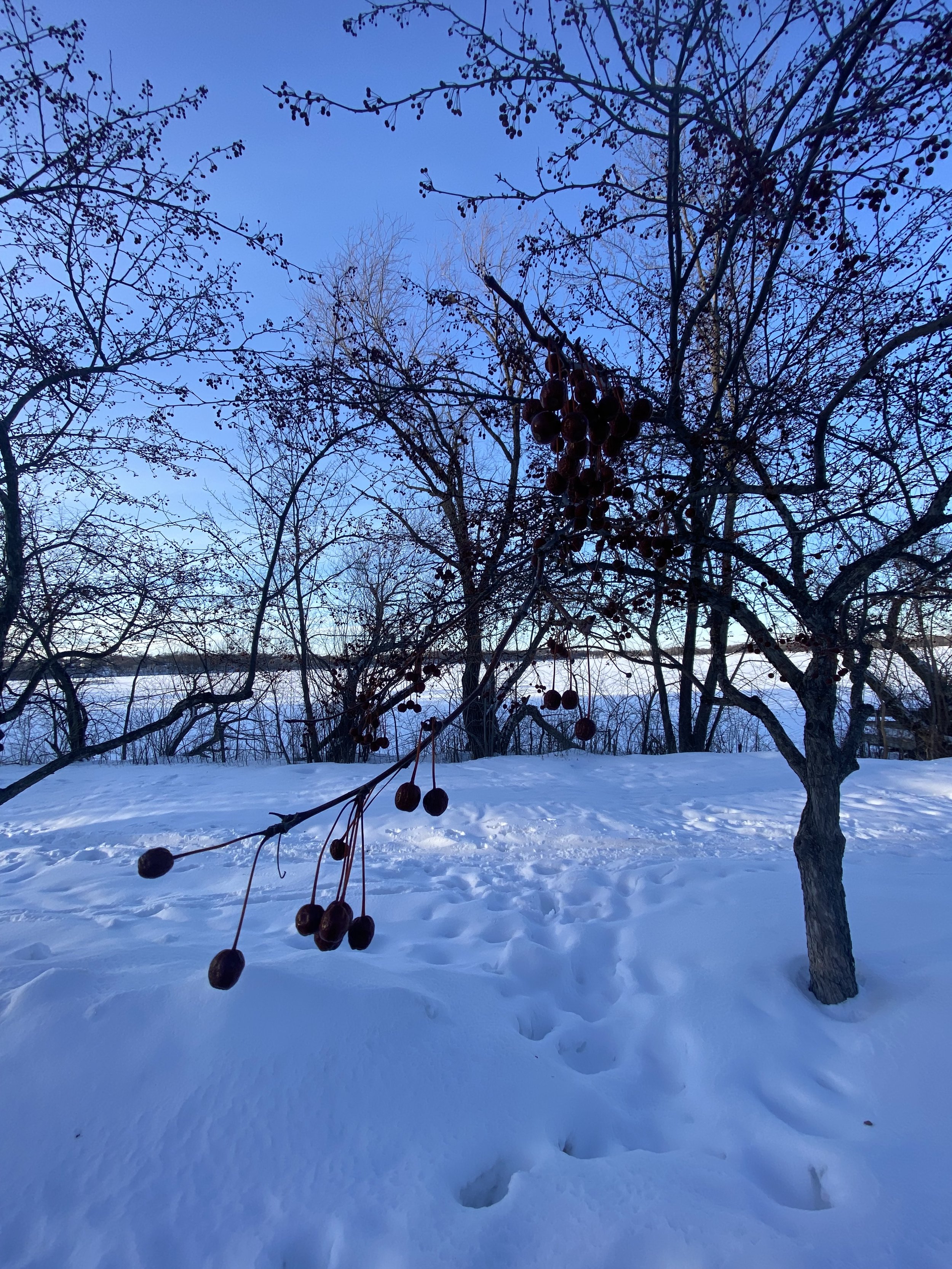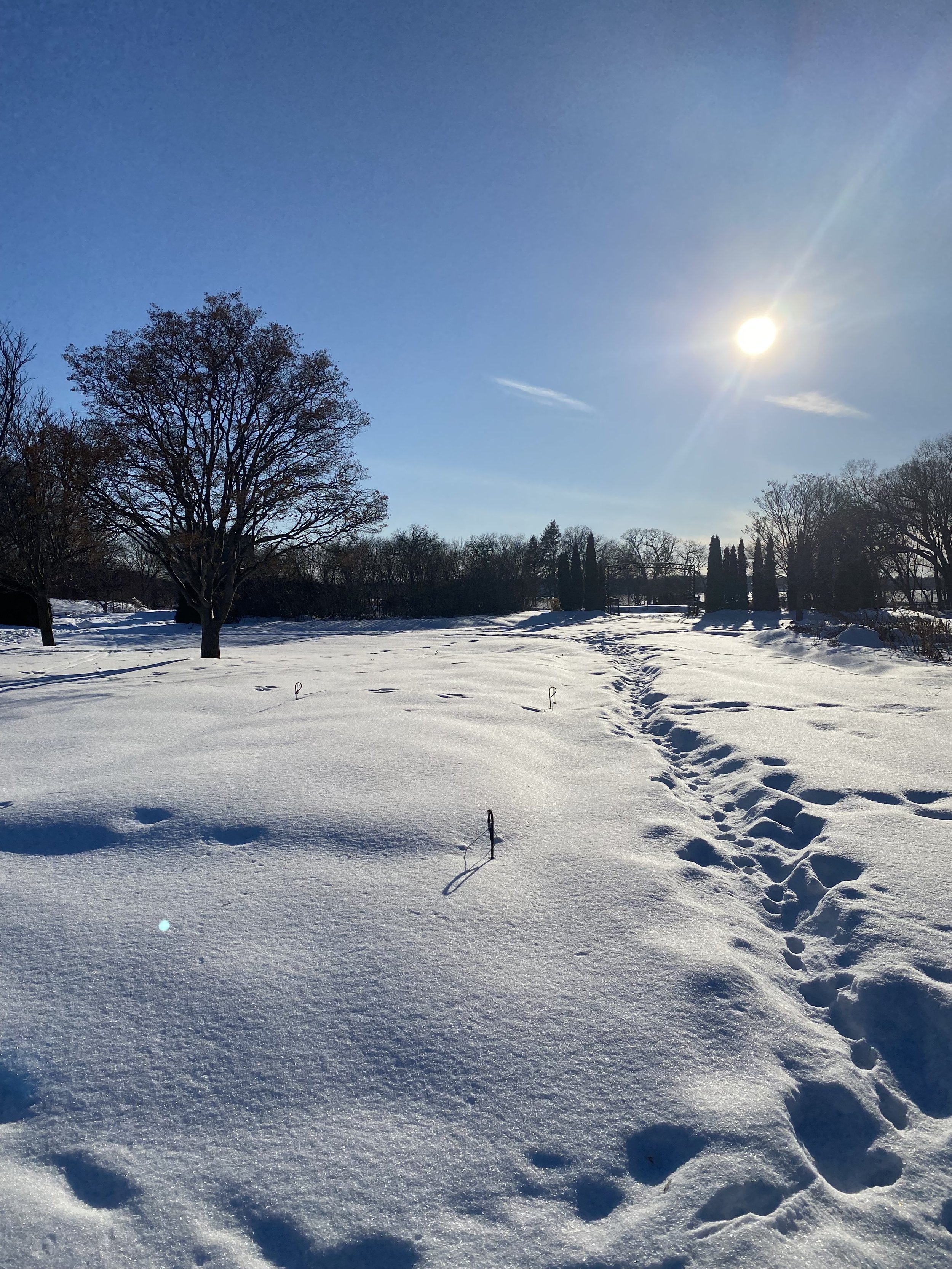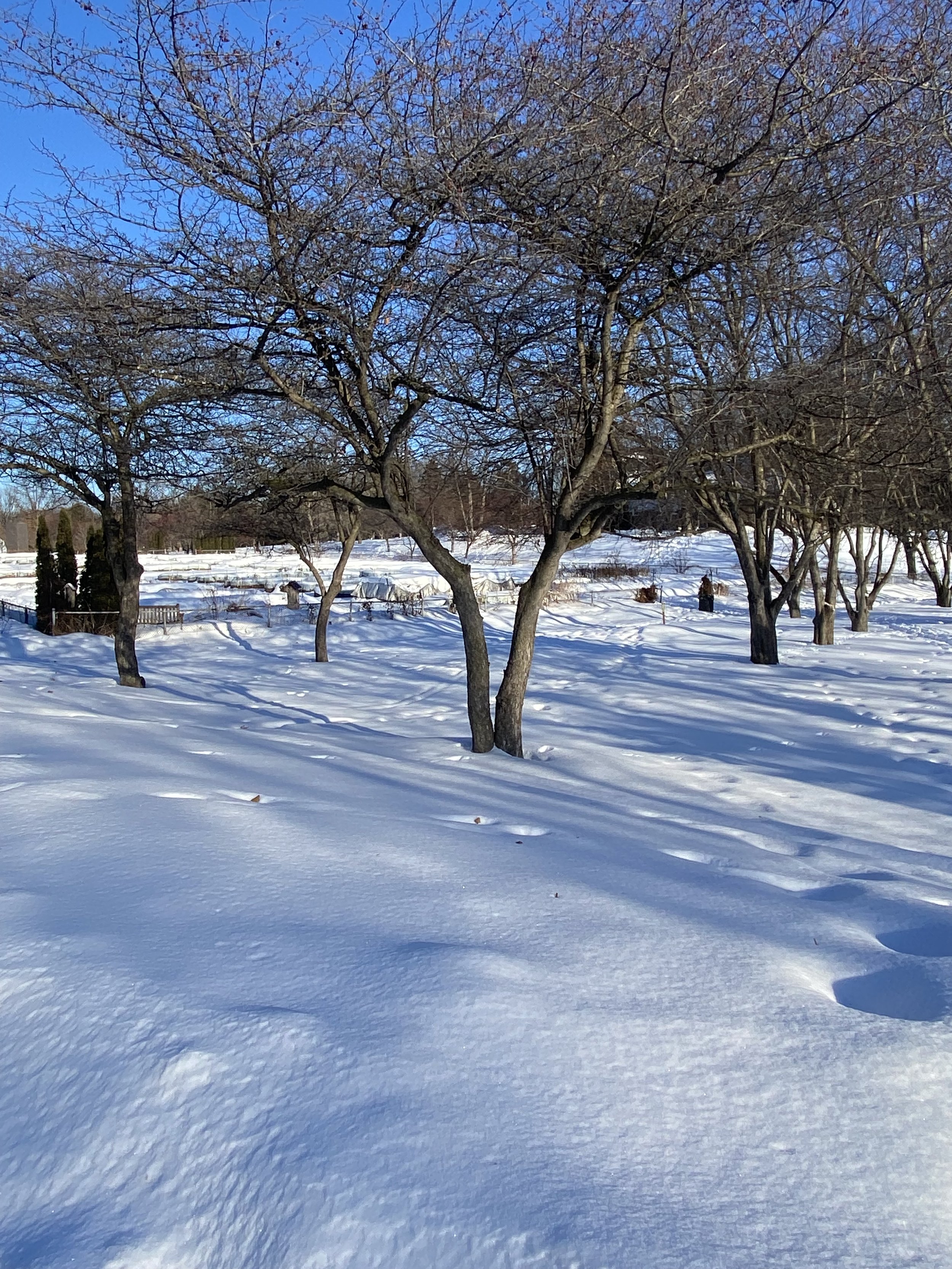Is the Design Locally Attuned and Responsive?
Is the Design Resourceful? The design is resourceful in that the entire shape is made of the same materials with the exception of the sealing ring, it makes use of materials which would be considered waste and does not use any fossil fuel based materials. Coffee grounds needed for the design are already processed from farm, into coffee in local coffee shops and resulting into used grounds in the cycle before getting to the company.
The opportunity for sustainability is to reuse a material that would otherwise be thrown out, and to create a product that would replace a single use product popular in today's culture: the single-use to go coffee cup.
Does it leverage feedback loops? Their system is built to be very hands on and with open communication through all levels of the system. It’s a very small and hands-on company at all levels. They recently turned their office space into a local coworking space and are using their products in the space to get immediate feedback as well.
When it uses materials, are the materials locally available and abundant? They collect used coffee grounds using a social bicycle company from local partners and cafes in Berlin “paying special attention to origin as well as fair, social & transparent cooperation with farmers & traders” (quote from their website). Materials processed, cups created and shipped all from Berlin.
Does the design integrate cyclic processes?
Are processes cyclical? The cups use recycled materials: coffee grounds in particular. This helps the coffee shops deviate waste from landfills. But, the cycle is not closed for the cup itself. The EOL for the coffee cup is an incinerator for the moment (in the EU). There is an opportunity here for the cup to be broken back down and repurposed since it is made from all of the same materials, aside from the sealing ring which is easily removable.
Does it integrate local feedback loops? The design itself remains very much unchanged. The intent is for the design to remain timeless with the form following function. “If you rely on timeless & long-lasting products you have to make less, often exhausting purchasing decisions. Less cheap products that are poorly produced just for a short hype time flood our markets and landfills. So what is timeless and lasts for a long time makes us happier, it protects our resources and produces less waste.” (quote from the website) That being said, they do take feedback from their consumers and have recently made a lid that enables them to completely seal the cup if needed.
Is the design resilient?
Can it withstand disturbance while maintaining function? The design is very tough, like a plastic. It is food safe, and dishwasher safe. I’ve dropped mine many times and it has not broken. It does show signs of wear after time, but it has not affected its functionality.
Does it heal after disturbance? The only piece that seems to have a possibility of faltering is the seal. It’s possible the sealing ring could not work, but it is designed quite tight. The company does offer a free replacement if one is needed.
I have heard various statistics of how coffee growing regions are being affected by climate change, so if we imagine that coffee becomes scarce, that would affect this company's supply chain and design dramatically. Fortunately, this company has already begun diversifying their designs and started incorporating beechwood from landfills in their coffee cups as well.
Are there opportunities for cross-pollination and mutation? The coffee cup may have been only the beginning. This company is already using the same technology (ingredients) in making the coffee cups and has created the Coffee Watch. It would seem idea generation is ongoing.
Does the design optimize rather than maximize?
Does it integrate multiple functions? It is a cup for drinking a beverage. It also keeps your hands from getting warm or cold depending on what’s in the cup. The shape of the ridges on the cup gives you a comfortable grip. The tapered shape of the cup makes it able to fit in a cup holder in a car. The lid on the cup keeps it from spilling easily. The seal keeps the lids on the cup and the beverage from leaking out the sides when the cup is tipped. The flat bottom allows it to sit solidly on a flat surface.
Does it recycle all materials? Is it recyclable? It is made from recycled materials, but it is not yet recyclable. From what I can tell from their website, the idea is to be able to recycle their cups into new products eventually. It is meant to be reused over and over again instead of the more common single use to-go coffee cup, so longevity was the primary focus.
Does it perform functions with minimal material and energy? The cup itself uses no energy (no heating or cooling elements). The company itself uses local partners and bicycle delivery systems, and focus on “short green routes”. They also have many steps of their production that are completed by hand.
Does the design use benign manufacturing?
Is it made from life-friendly materials? “No harmful particles released even through wear or washing” Ingredients from their website: used coffee grounds, biopolymers, wood, starch, cellulose, natural resins, waxes and oils. Based on renewable raw materials and free of binding agents with crude oil base (per their website).
Is chemistry done in water? I don’t have information on this.
Are processes done at ambient (local) pressures and temperatures? I don’t have information on this, other than that many steps are completed by hand.
Does the design leverage its interdependence in the system?
Does it foster symbiotic, cooperative, community-based relationships? It is created to be part of a social system. The creators work with local partners for used materials, and for the creation of the product. Beyond that, they work with local social enterprises for printing, delivery, and shipping. The coffee shops and cafes that supply the coffee grounds also sell the coffee cups (thus closing their own loops on circularity). They have even added a local coworking space into their office space for other local social enterprises. The joy of coffee is a fun thing that binds them all together. The company remains small and invested in relationships which also strengthens their feedback loop and idea generation. The success of the company builds the success of all the other local businesses involved.
Does it foster emergent relationships? I think it’s worth exploring why I, a person who lives in the US, has one of these cups if the company is Berlin based to answer this question. Although this company is hyper-local focused, they will also create branded cups for companies (with a large enough order size). Shakespeare & Company, having their foot in the sustainability door and having a coffee shop in Paris was one such company who ordered branded cups to sell in their coffee shop. I happened to buy one while I was in Paris because a reusable coffee cup is an easily understandable product and something that is becoming quite universal. I knew what it was and how to use it, and it was something I could use in France or in the US. But it was cool and unique enough to be made out of coffee and no fossil fuels that I found it really interesting. I think their product is unique enough that it’s bringing people to them.

